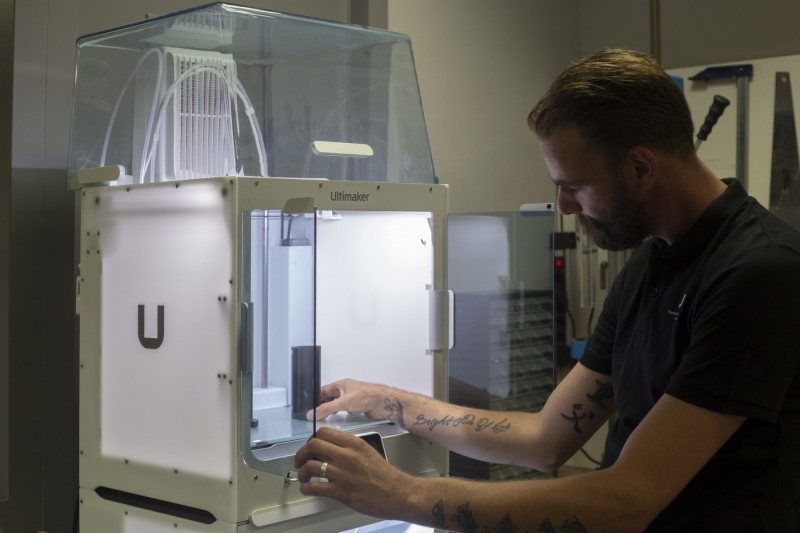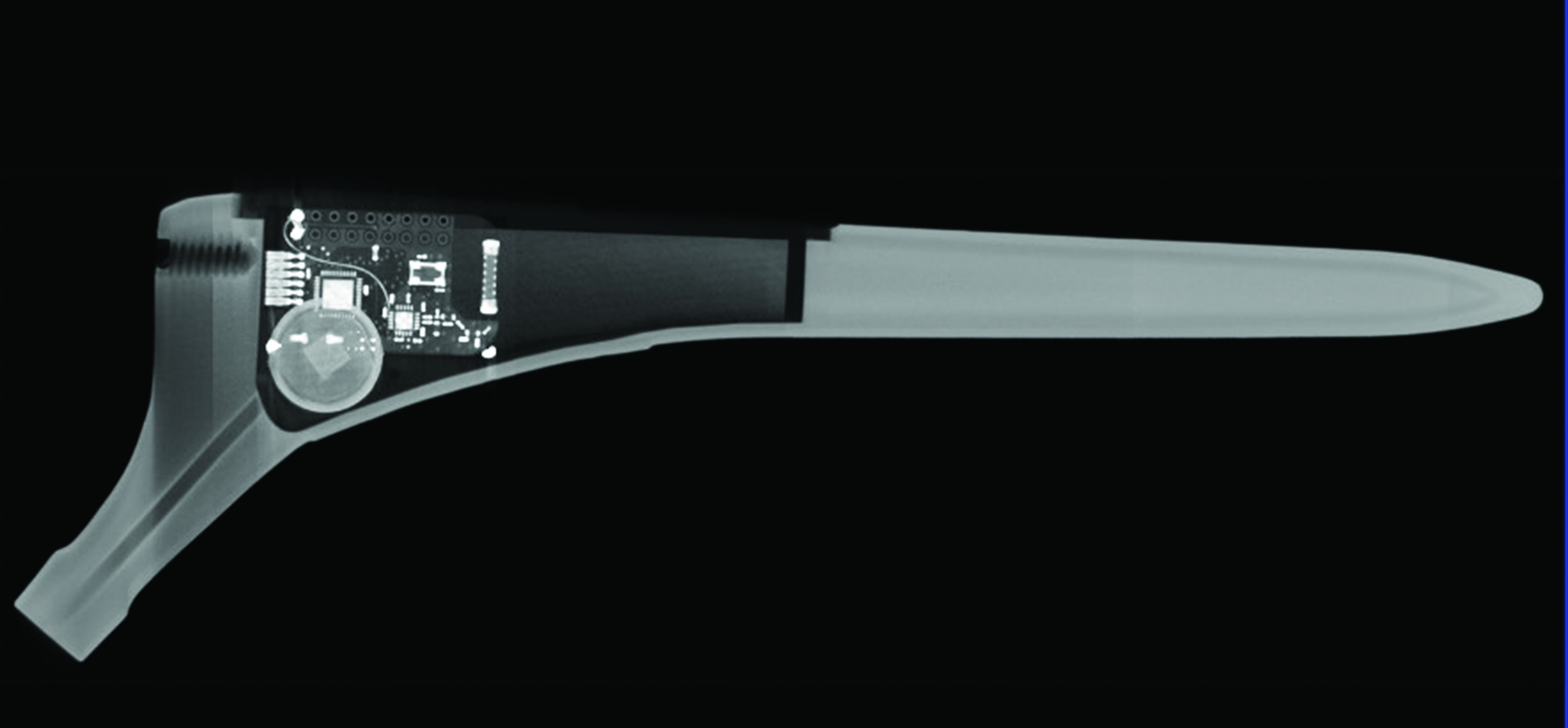Increasing speed and throughput with optical encoders for high quality prints
With higher resolutions (beyond 1000 DPI) playing a key role in colour rendition and becoming the norm in commercial printing industry, printer speed and throughput have become key competitive differentiators for superior quality output. Poor printer performance from the viewpoint of motion control may happen as a result of gross encoder error and could affect the print-head positioning accuracy – leading to the reduction in the speed and stability of the linear motor.

The Background
The maximum resolution of a healthy human eye is generally found to be 350 DPI or 73 µm (1 arc min) at the normal reading distance (250 mm). Irrespective of future breakthroughs in printing technology, there are physical limitations on what is discernible with the naked eye – print resolutions of 400 DPI and above will appear indistinguishable in most cases. However, higher resolutions beyond 1000 DPI play a key role in colour rendition, for instance in facilitating sharper and richer colours via cyan-magenta-yellow-black (CMYK) halftoning. With higher resolutions becoming the norm, printer speed and throughput have become key differentiators for efficient and quality output.
Flora Digital is a leading brand specialising in wide-format inkjet technology for the commercial print industry. A product of Shenzhen Runtianzhi Digital Equipment Co Ltd (SRDEC), Flora Digital offers ultra-violet (UV) inkjet printers that leverage high-value components to ensure cutting edge performance. Commercial printers comprise print-heads, linear and rotary motors on multiple axes, a motion control system and substrate transfer system. The application of Renishaw’s RGH41 encoders on multiple axes has enabled Flora Digital printers to ensure the highest levels of print outputs.
Flora Digital UV printers use a conventional drop-on-demand (DOD) inkjet head with micro-piezoelectric technology. By changing the shape of piezoelectric ceramic components in an ink reservoir behind each print-head nozzle, the amount of ink pulled into and expelled out of the nozzles can be accurately controlled with the application of a suitable electric charge. Ink droplets can thus be ejected in a wide range of precisely controlled sizes. Once ink is transferred to the substrate, UV light is used to dry and solidify each layer in turn.
The Challenge
Poor printer performance emerging from print-head performance, ink-quality and the motor and motion control system capabilities typically manifests in the form of streaking in the printed image, stitching errors and the appearance of colour artefacts. From the viewpoint of motion control, encoder accuracy is vitally important. Gross encoder errors (including cyclic errors) affect the positioning accuracy and lead to a reduction in the speed and stability of the linear motor. It increases the magnitude of motion tracking errors, resulting in irregular print-head motion.
While inkjet print-head and supporting carriage are undoubtedly the most important parts of a printer system, other components such as mechanical transmission and motion controller also have a key role in superior print performance. SRDEC project director Miss Sunny Yu explains, “The speed and throughput of printing equipment really depends on the print-head’s maximum firing frequency. Higher firing frequencies allow faster print-runs and improved overall throughput and are clearly advantageous. However, the position of the print-head needs to keep pace with the firing response. In order to achieve this, a linear motor with independently developed controller hardware was chosen to give a maximum print speed (in 2 PASS mode) of 315 square metres / hour.”
High response linear motors respond with high speed and acceleration once the ‘command’ signal is received from the controller. This assures that the print-head drops ink in the right place and at the right time. Linear motors by far outperform mechanical transmission in responding with the agility needed for high quality printing applications; and the encoder’s role is to precisely track the motion of the linear motor at all times.
The Solution
Flora Digital chose Renishaw’s RGH41 series encoder for its high maximum operating speed of 15 m/s to meet their current requirements of commercial printing equipment.
Miss Yu comments, “In recent years, we have developed a variety of high-volume and wide-format, flatbed, UV inkjet printers with print widths up to 5m. We use the highest resolution print-heads available– up to 1200 DPI in binary print (monochrome) mode. Flora inkjet scan axes (printer X-axis) use a linear motor setup with Renishaw’s RGH41 linear encoder system and RGS40-P gold tape scale for feedback control. Designers selected an encoder resolution of 1 micron (µm) for this application. A servo-driven feed-axis (Y-axis) is also responsible for material handling and positioning of the substrate during the printing process.”

The Results
The Renishaw RGH41 encoder series has a total cyclic error of less than ±300 nm, which is appropriate for smooth velocity control of the print-head. Miss Yu says, “After almost a decade as a Renishaw customer, the performance of the RGH41 encoder has proven to be very dependable, as one would expect from such a trusted brand. The RGS40-P gold scale has been especially designed for the printing industry and is relatively easy to clean and maintain.”
Open-type encoder systems are cost effective and durable and are preferred for inkjet printers as the working environment in the printing industry is generally clean. However the encoder design should account for dust particulates, ink and other types of contaminants. Renishaw’s advanced optical filtering technology sieves non-periodic signal contributions, caused by contamination of the scale, and ensures a high-fidelity output signal.
The scale can be ordered in coiled lengths up to 50 m, so that the engineer can simply cut to the required length for an axis.
Miss Yu concludes, “The printing plant environment is very intensive; downtime for maintenance invariably results in economic losses. Renishaw’s RGH41 encoder system gives excellent performance, higher axis speed, and peace of mind. Indeed, customers have remarked that contamination to the scale during printing operations does not impact encoder performance. Engineers also appreciate the easy installation and set-up features, especially when installing scale on 5 m wide printing machines.”
Renishaw’s RGH41 encoder is ideal for commercial printing as it guarantees speed and cost optimal performance. In recent times, Flora Digital has become a competitive global printing brand and is a Renishaw customer of LM10 magnetic encoders as well as RGH41 encoders.

The printing plant environment is very intensive; downtime for maintenance invariably results in economic losses. Renishaw’s RGH41 encoder system gives excellent performance, higher axis speed, and peace of mind.
Shenzhen Runtianzhi,
Digital Equipment Co Ltd (China)
Article was published in Dynamic Manufacturing India magazine





